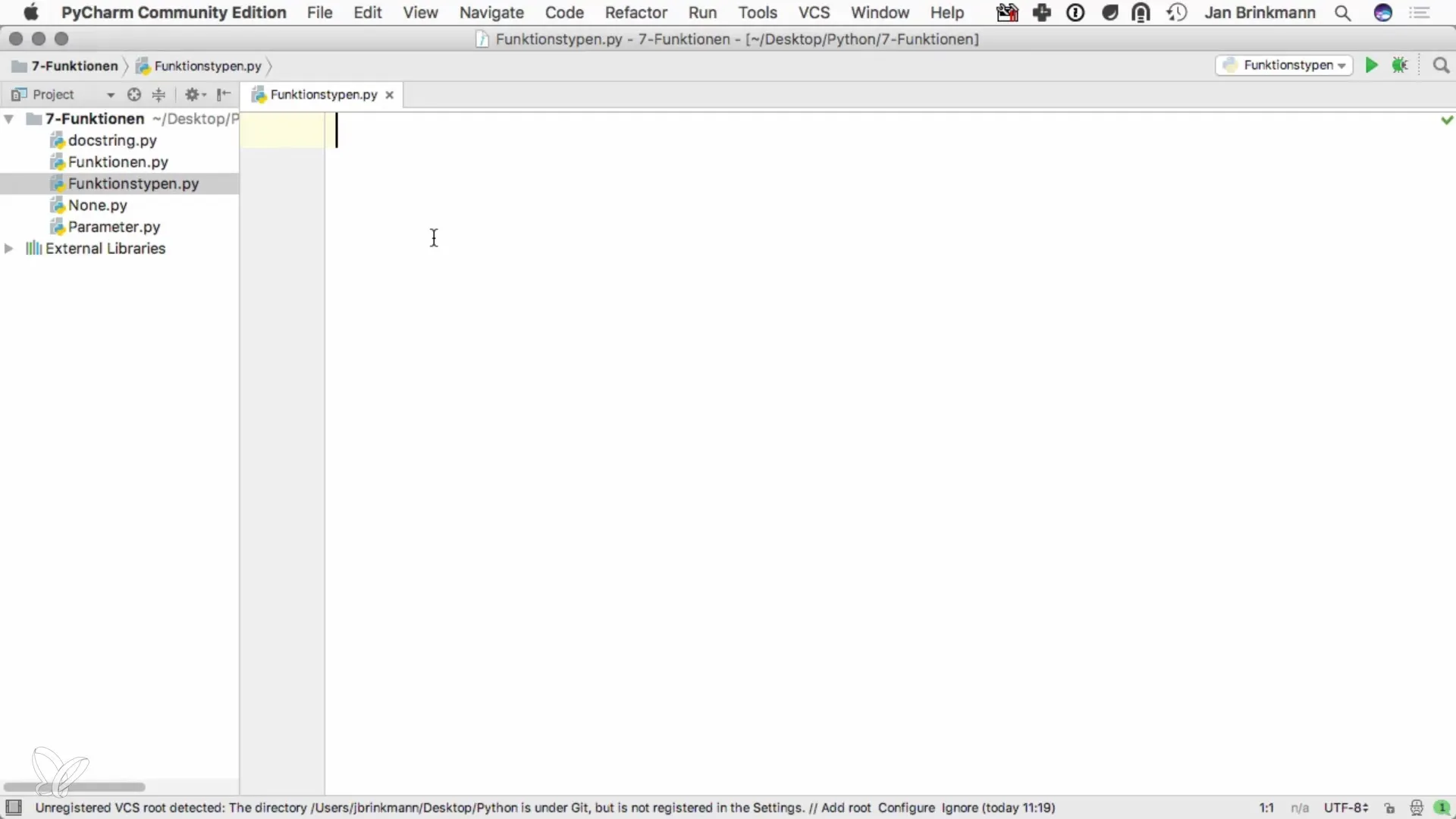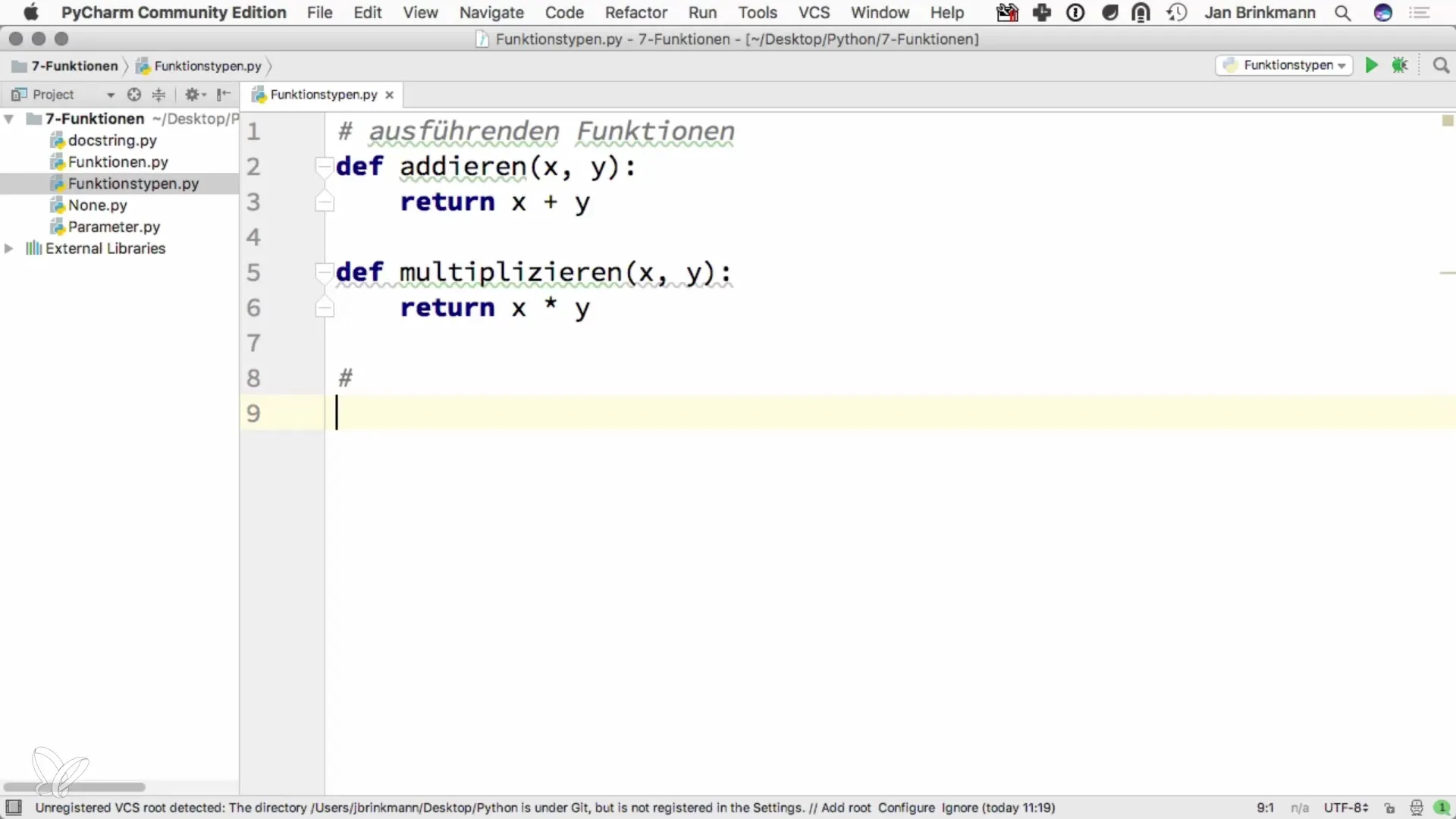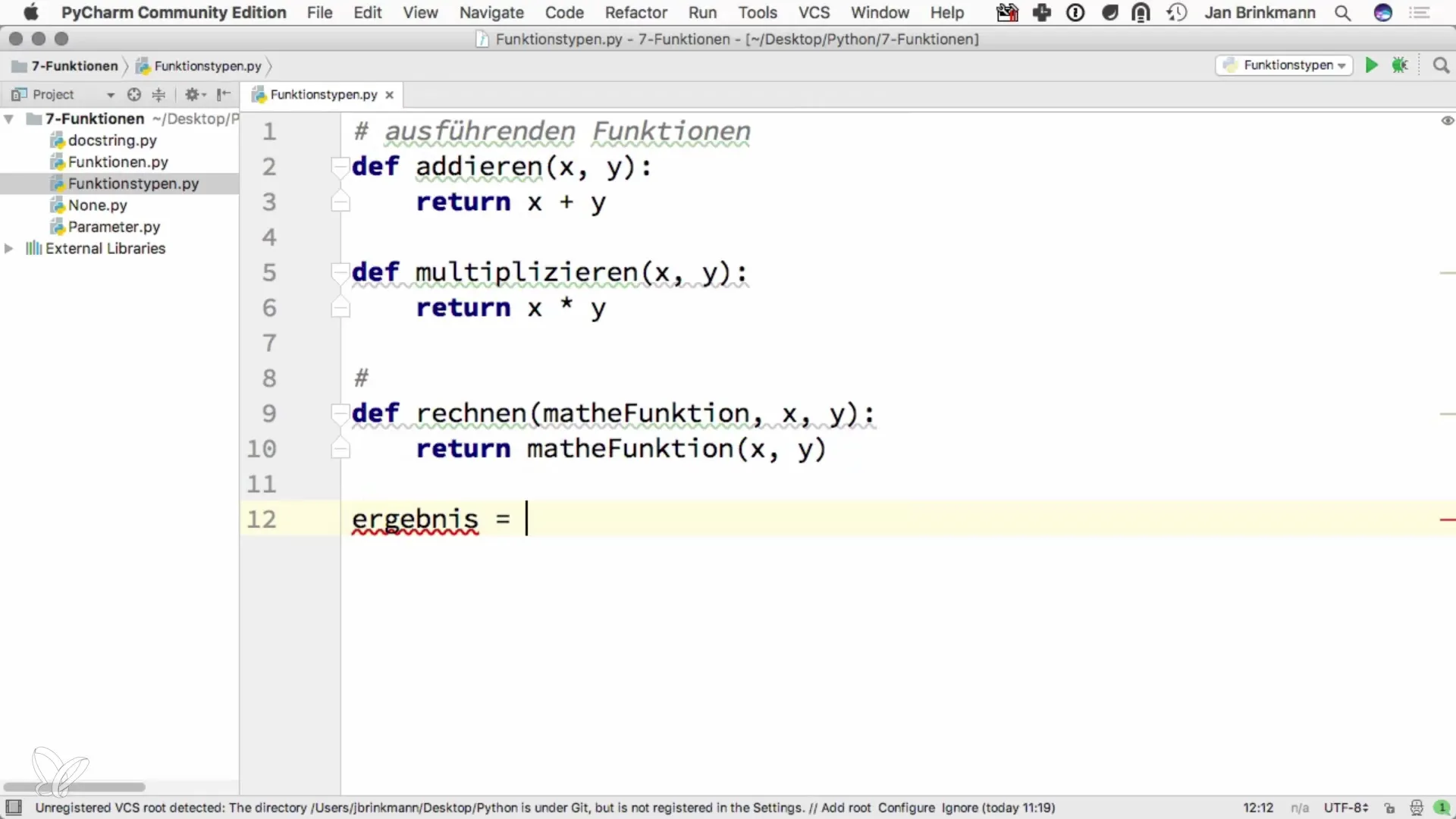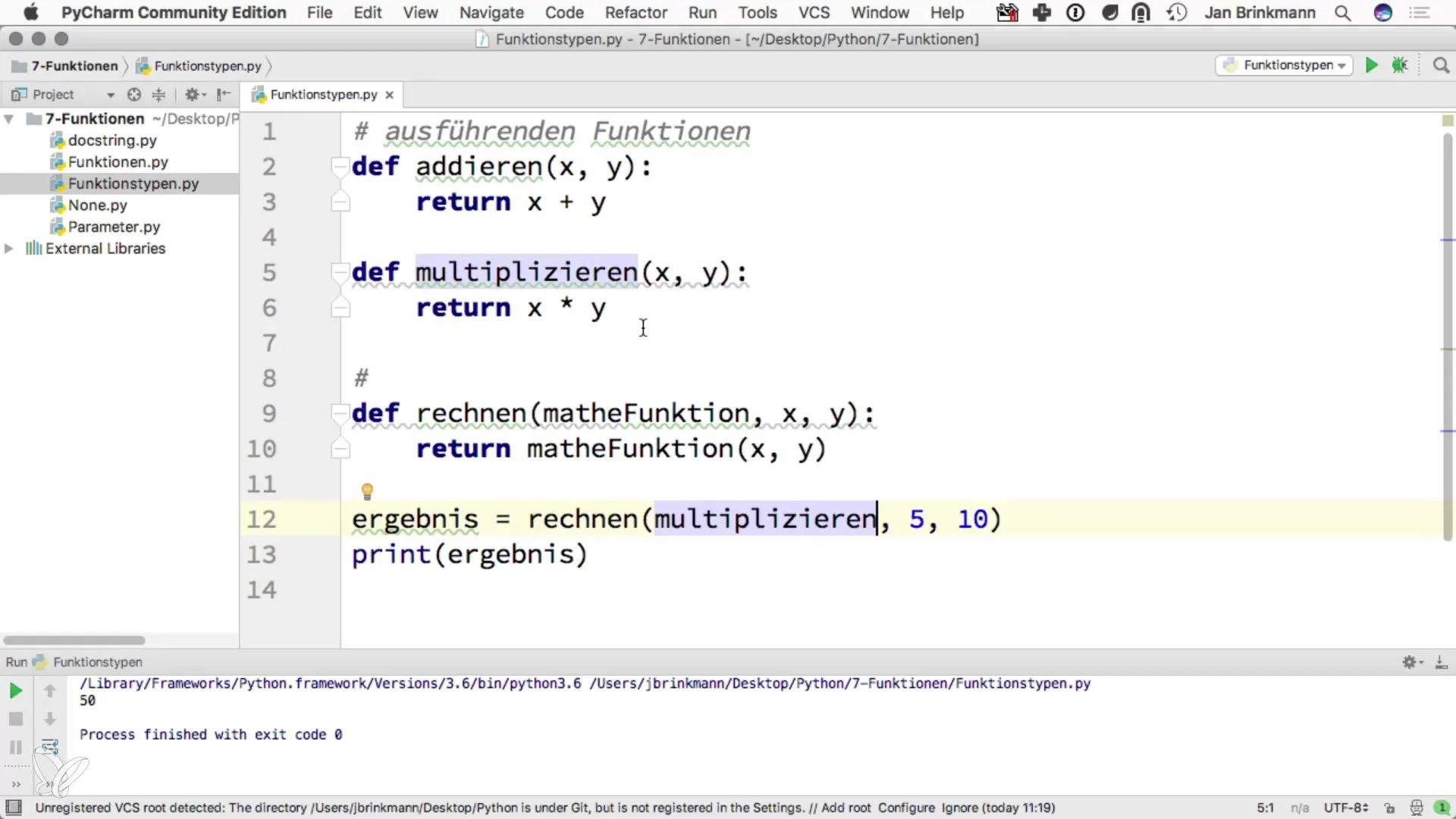In Python, functions are not only building blocks for your program, but they also exist as data types. This opens up many possibilities for making your programs more effective and structured. While you may already be familiar with some basic concepts, you will find that using functions as data types opens up a whole new horizon. In this guide, you will learn how to define functions, pass them as parameters, and even use them as return values.
Key Findings
- Functions can be used as data types in Python.
- Pass functions as arguments to other functions.
- Use functions to flexibly perform different mathematical operations.
Fundamentals of Function Definition
First of all, let’s look at how to define a simple function. A function in Python is initiated with the keyword def. The function can accept parameters and return a result.
Here you define a function named add, which takes two parameters (x) and (y) and returns their sum. This is the basic building block for working with functions in Python.

Add Another Function
To better illustrate the concepts, we will add a second function.
This function also takes two parameters, but it returns the product (x \times y). The goal is to show you the flexibility you gain through different functions.
Passing Functions as Parameters
Now we come to an exciting part: passing functions as parameters to other functions. This is an excellent way to make your program dynamic and adaptable.
Here, a function is passed as a parameter (in this case operation) to the function calculate. This function is then executed with the values (x) and (y).

Application of the Calculate Function
Now you can use this function to either add or multiply.
This will output (15) to you, as 5 + 10 = 15.

Expanding the Possibilities
The flexibility of Python becomes especially apparent when you expand the possibilities. You can implement any type of function, whether it's division, subtraction, or even more complex mathematical operations.
def subtract(x, y):
return x - y
Here you have added two new functions that allow you to perform even more mathematical operations.

Conclusion of Function Usage
By passing functions as parameters, you can develop very smooth and extensive programs that require less code and are more elegant. The idea of treating functions as values and handling them like regular variables is a powerful concept that you should embrace.
Summary – Understanding Functions as Data Types in Python
The use of functions as data types in Python allows you to make your program more flexible and dynamic. You have learned how to define functions, use them as parameters, and extend your programs with them. The examples presented show how easy it is to implement and combine mathematical operations with Python.
Frequently Asked Questions
How do I define a function in Python?A function is defined with the keyword def followed by a function name and parameters.
What is the advantage of passing functions as parameters?It allows for more dynamic programming and enhanced adaptability in your code.
Can I create mathematical functions myself?Yes, you can define any functions to perform specific calculations.
How do I output the result of a function?Use the print() statement to display the result on the console.


